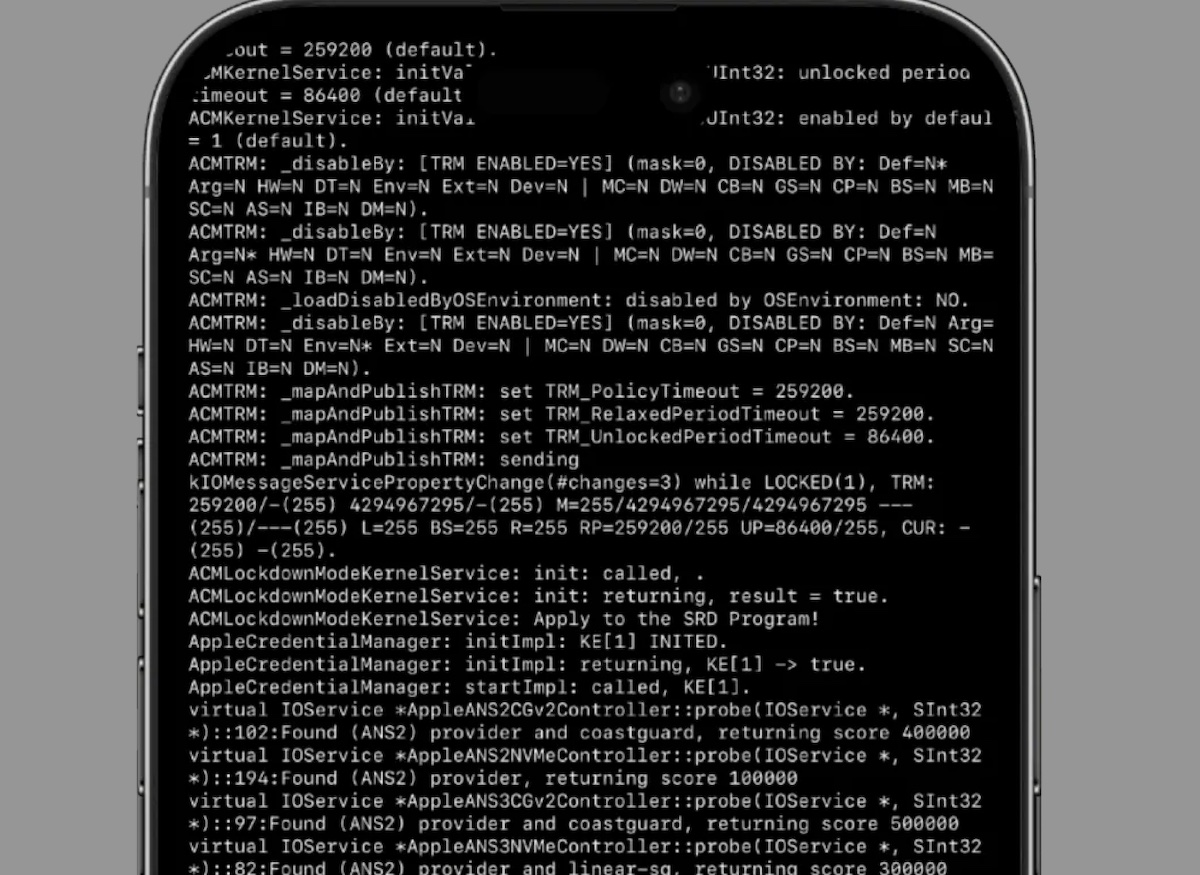Apple opens up iPhone Security Research Device applications

Each year, Apple chooses a limited number of security researchers to receive a Security Research Device
Important news for security researchers, Apple today opened up the process for applications for next year’s iPhone Security Research Device program, which invites security experts to work with Apple to identify vulnerabilities in its systems.
Apple wants to pay you (a lot) to help keep it secure
In a blog post published on the company’s security website, the company heaps praise on what researchers on the program have achieved so far.
Since launching the scheme, researchers have identified 130 high impact, security-critical vulnerabilities and their insights have helped us implement novel mitigations to protect our platforms.
“In just the past six months, they’ve received 37 CVE credits for their findings, and their work has directly contributed to security improvements in areas such as the XNU kernel, kernel extensions, and XPC services around the system,” the company wrote.
Just last year, Apple published a new security research portal where it shares detailed blogs, technical details, security tech advice and provides a route through which researchers contact its own experts.
“Our groundbreaking security technologies protect the users of over 1.8 billion active devices around the world. Hear about the latest advances in Apple security from our engineering teams, send us your own research, and work directly with us to be recognized and rewarded for helping keep our users safe,” Apple said at that time.
What do researchers get?
If accepted on the scheme, researchers get to use what Apple calls its Security Research Device, which is a specially-built iPhone 14 Pro designed exclusively for security research. That means it has tools and options that allow researchers to configure or disable many of the advanced security protections of iOS that cannot be disabled on normal iPhones.
Among other features, researchers can use a Security Research Device (SRD) to:
- Install and boot custom kernel caches.
- Run arbitrary code with any entitlements, including as platform and as root outside the sandbox.
- Set NVRAM variables.
- Install and boot custom firmware for Secure Page Table Monitor (SPTM) and Trusted Execution Monitor (TXM), new in iOS 17.
Even when reported vulnerabilities are patched, the SRD makes it possible to continue security research on an updated device.
What is the Security Research Device Program?
Launched in 2019, the Security Research Device Program is an application-based scheme.
Each year, Apple chooses a limited number of security researchers to receive a Security Research Device through an application process primarily based on a track record in security research, including on platforms other than iPhone.
The idea is that security experts join the scheme to work to find vulnerabilities in Apple’s iOS.
Apple also makes these devices available to select educators at the university level who would like to use it as a teaching tool to introduce computer science students to security research. Educators can request to authorize multiple users for use in their classroom or lab.
What is the application system?
From today through October 31, Apple is inviting security researchers to apply for the 2024 iPhone Security Research Device Program (SRDP) to jump-start their iPhone research, work with its security teams to help protect users, and qualify for Apple Security Bounty rewards.
Apple has recognized over 100 reports from SRDP researchers with an average award of almost $18,000 and multiple awards reaching $500,000. All SRDP participants are encouraged to ask questions and exchange detailed feedback with Apple security engineers.
Once applications are made by the October 31 cut-off date, Apple will review all submissions by the end of the year and notify selected participants in early 2024.
To learn more about program eligibility and apply for a Security Research Device, visit https://security.apple.com/research-device.
Please follow me on Mastodon, or join me in the AppleHolic’s bar & grill and Apple Discussions groups on MeWe.




